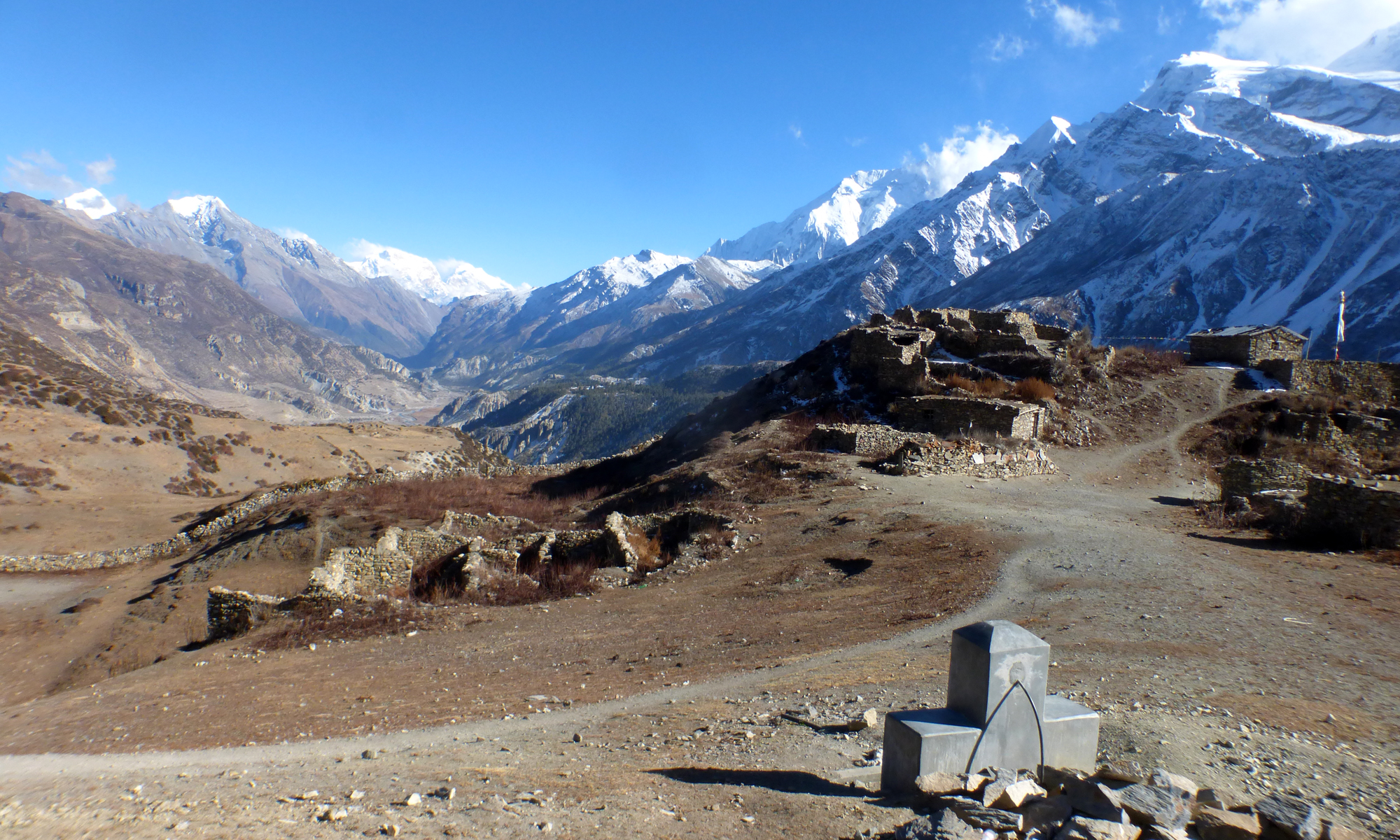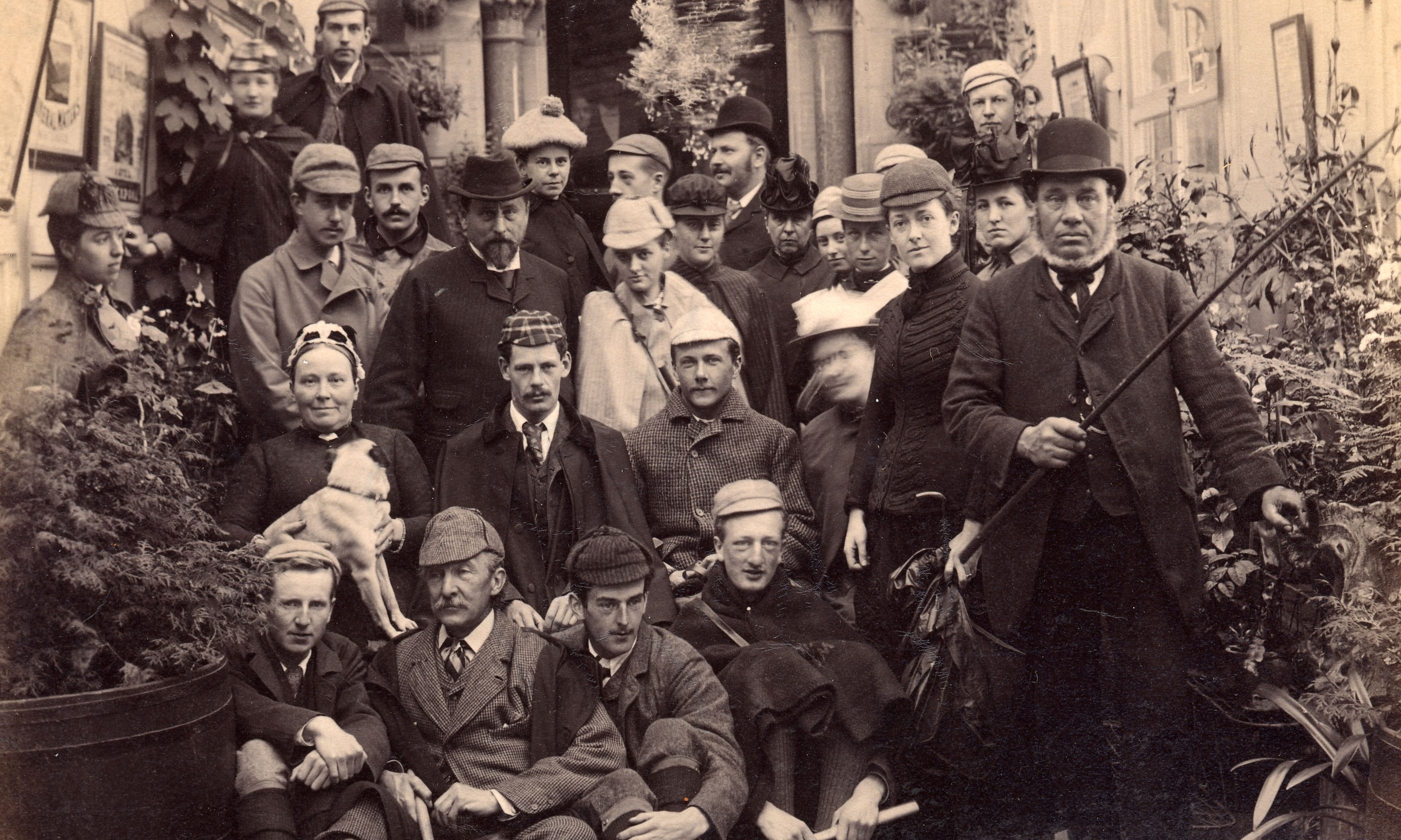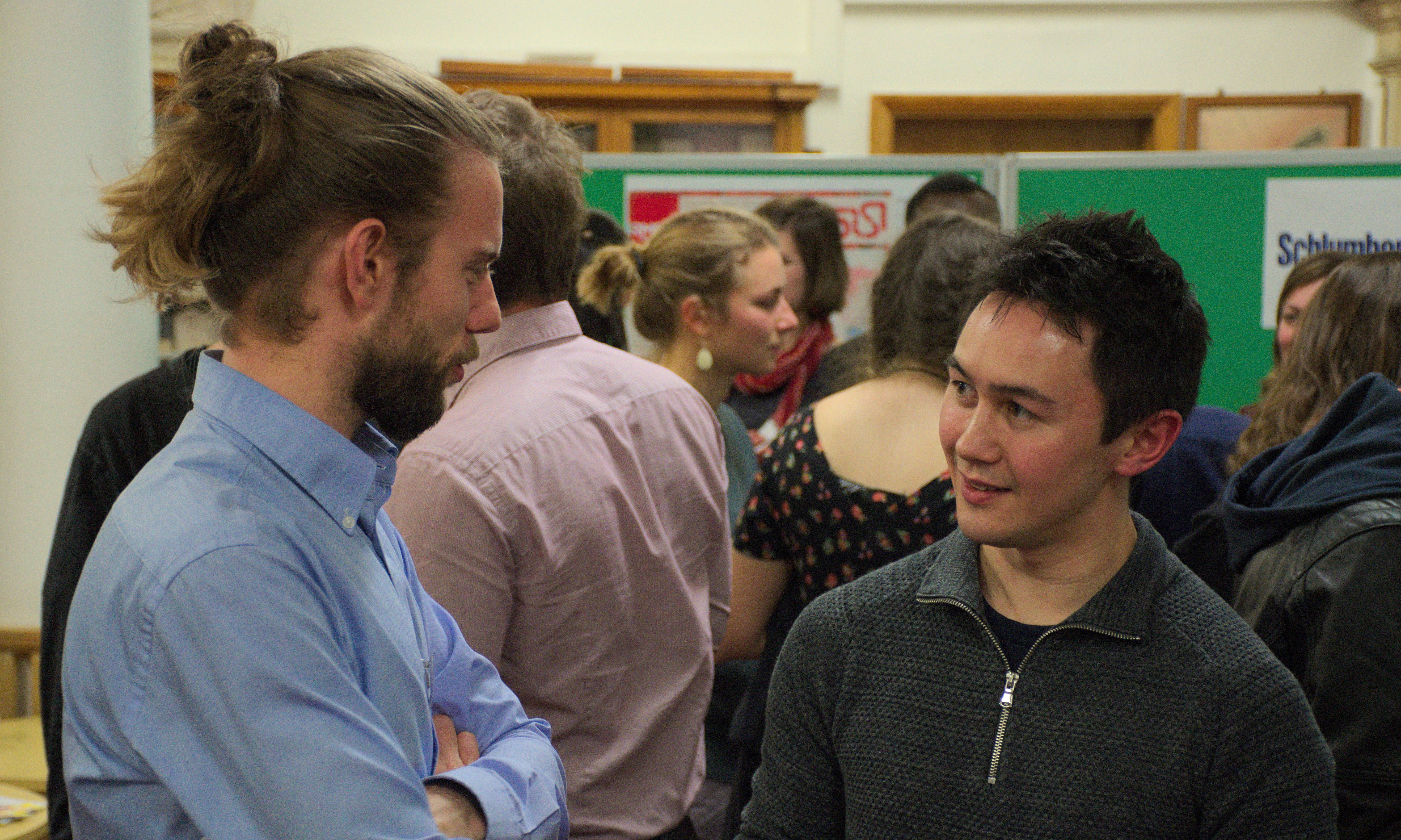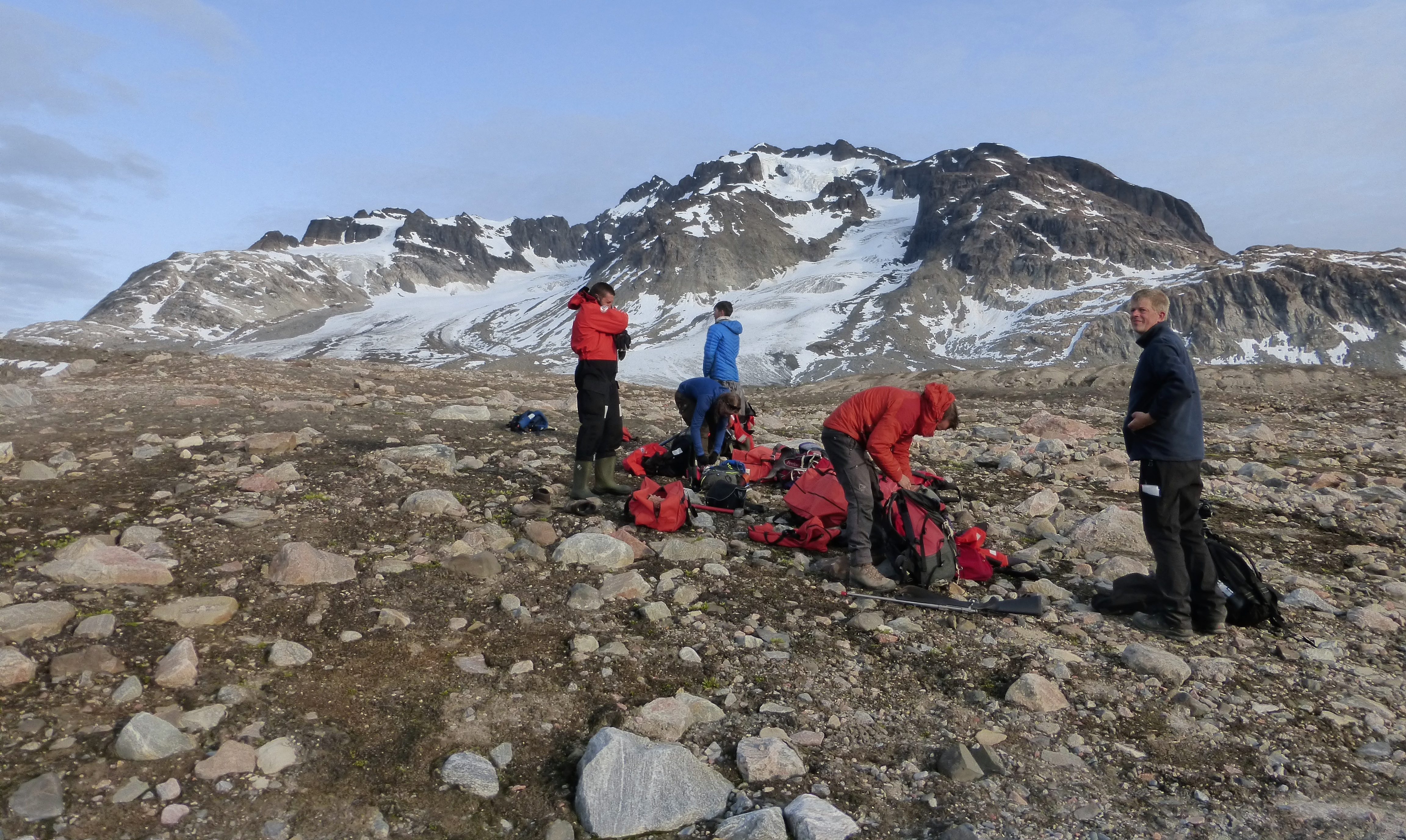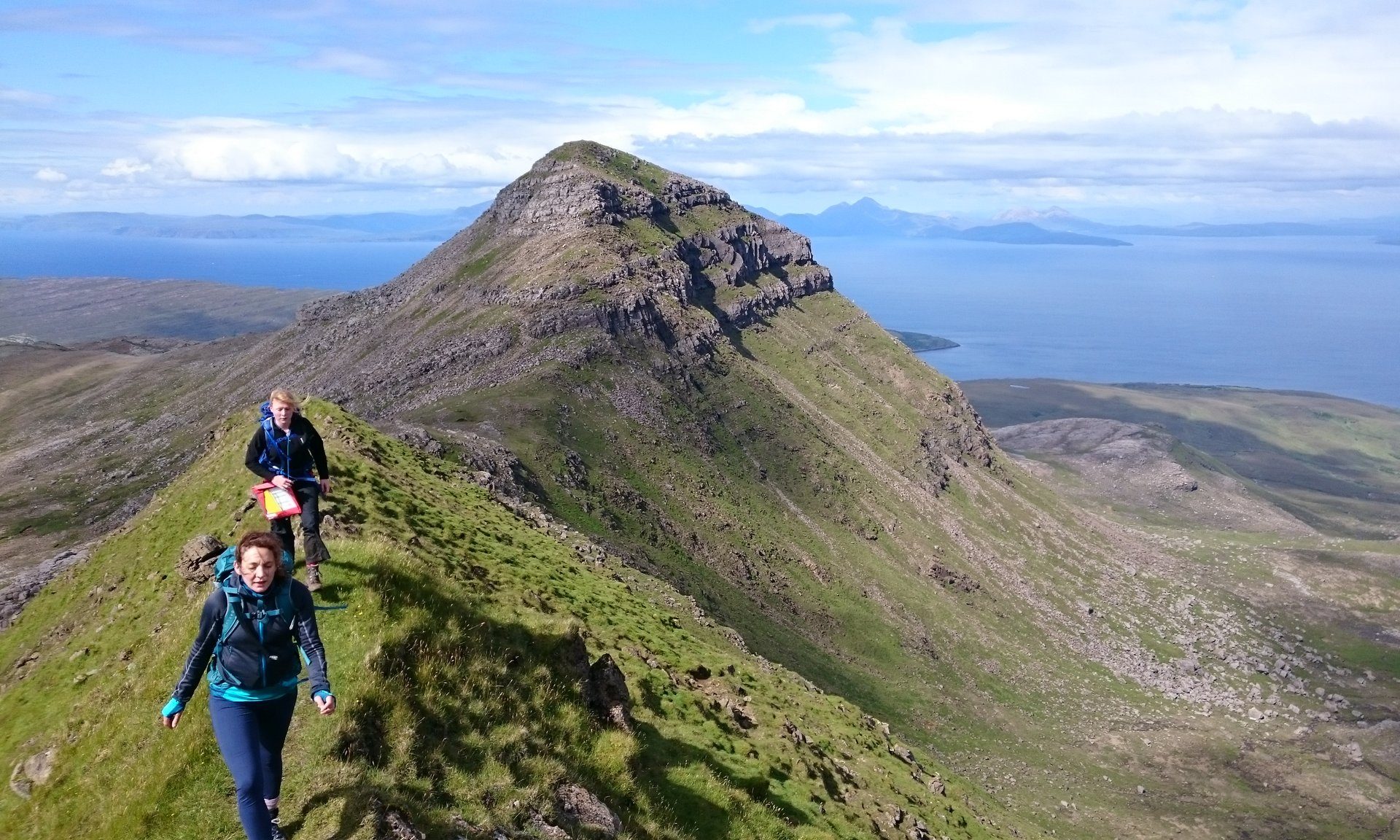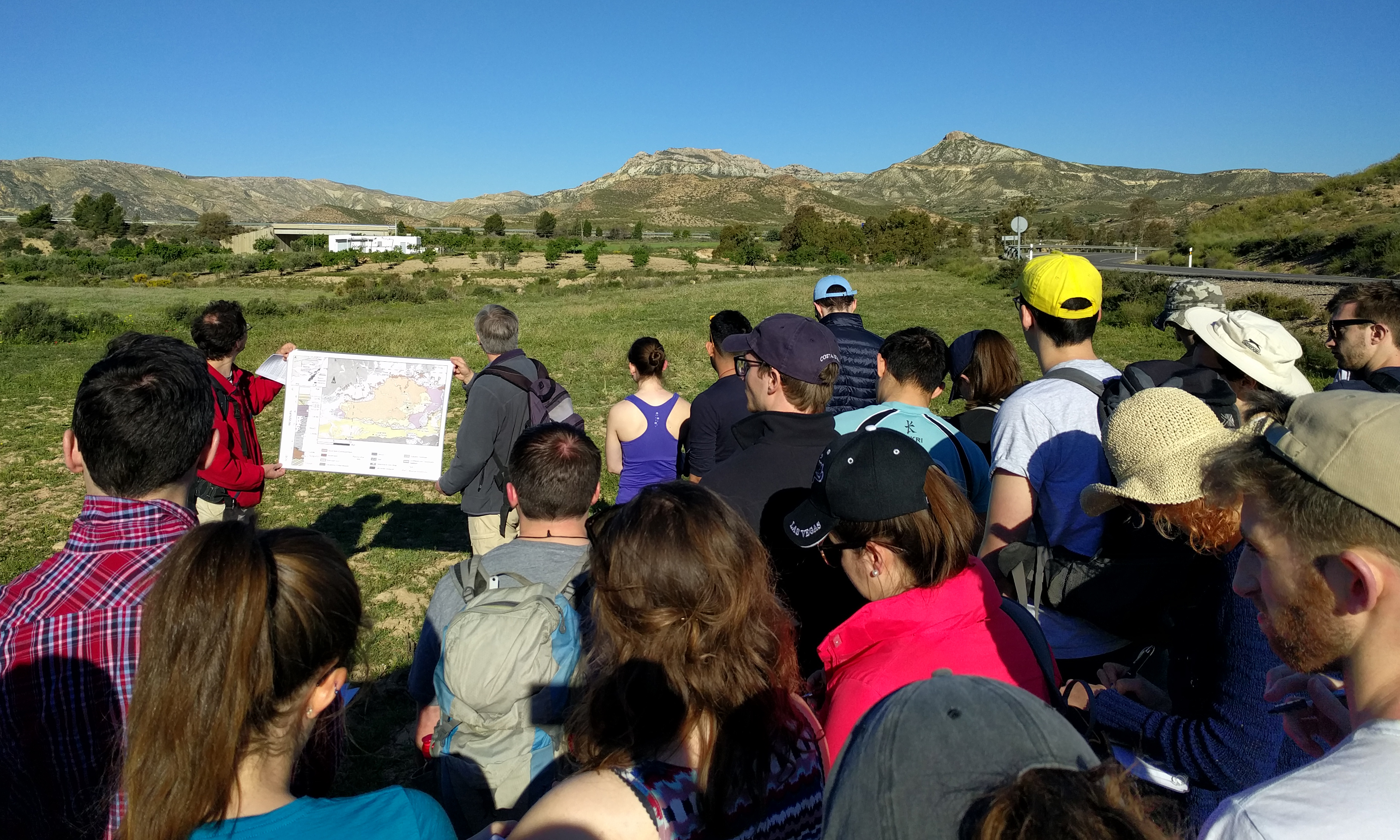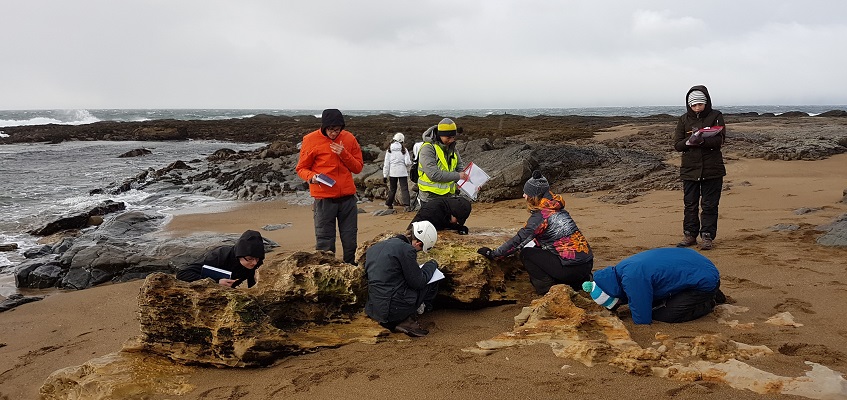The Earth is a very blue planet, with almost three quarters of the surface covered in water. It seems perverse, then, that there should ever be water shortages. However, only 4% of Earth’s water is freshwater, and there are seven billion people dependent on this resource for domestic, agricultural and industrial use. Hence, the apparent oxymoron: the Blue Planet has serious water issues.
The field of hydrogeology is one not greatly studied within Cambridge Earth Sciences. However, it is a subject of increasing global importance in the 21st century. As rainfall patterns become less predictable and populations increase, we are increasingly reliant on our ‘backup supply’ of water: groundwater, stored in the pore spaces within rocks, and hidden beneath our feet.
Continue reading “Himalayan Hydrogeology: an ICIMOD internship in Nepal”


